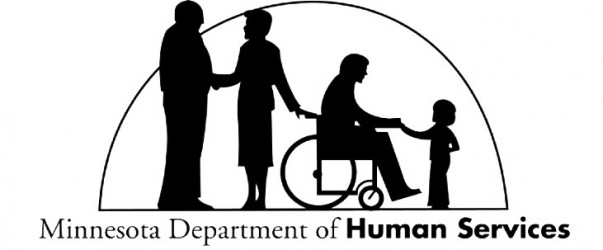
Minnesota’s new, nation-leading approach to delivering quality health care more efficiently for low-income individuals and families is paying off. In the first year of a program announced by the Department of Human Services and Governor Mark Dayton in 2013, six health care providers serving 100,000 Minnesotans spent $10.5 million less than projected – cost savings that will benefit Minnesota taxpayers.
Governor Dayton today applauded these results, thanking health care providers for partnering with the state on the Integrated Health Partnerships (IHP) initiative – a project focused on providing better health care at a lower cost. The initiative has implemented a new payment model that prioritizes quality, preventive care and rewards providers for achieving mutually agreed-upon health goals.
“Some people talk about reform. We do it,” said Governor Dayton. “Minnesota is the first state in the nation to implement these cost-saving reforms – and we have proven that this new approach delivers results. I thank the health providers who have partnered with us on this initiative, making it possible to deliver better care to over 100,000 Minnesotans.”
The traditional payment system pays providers for the volume of care they deliver, rather than the quality of care they provide. This system results in misguided incentives for providers – rewarding them for the number of procedures they deliver rather than the preventive care Minnesotans need to live healthy lives. With new payment reforms made under the IHP program, participating providers instead receive financial incentives for reducing the total cost of care for Medicaid enrollees while maintaining or improving the quality of care patients receive.
Preliminary results for the first year show that the results-based approach is fulfilling the promise of delivering better care at a lower cost. The IHP demonstration gives participating providers financial incentives to manage the total cost of care and better coordinate medical care for patients enrolled in Medical Assistance, Minnesota’s Medicaid program. Providers who meet a threshold for savings are eligible for a share of the savings; beginning in the second year, they also share the downside risk if costs are higher than projected.

